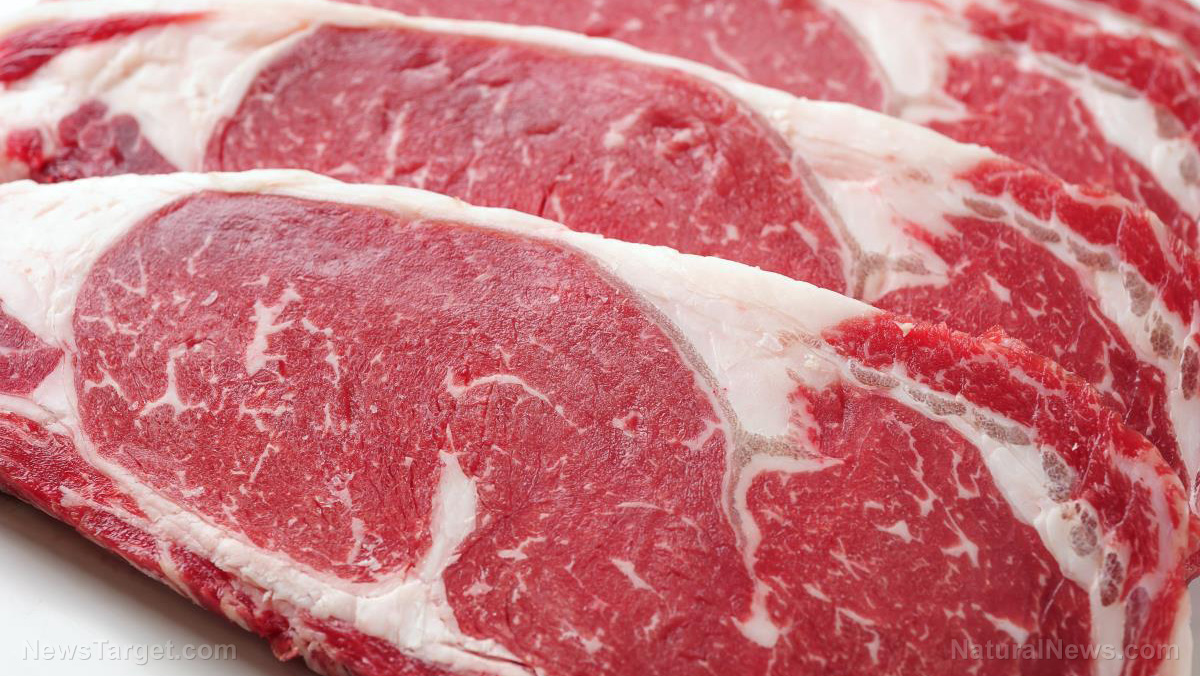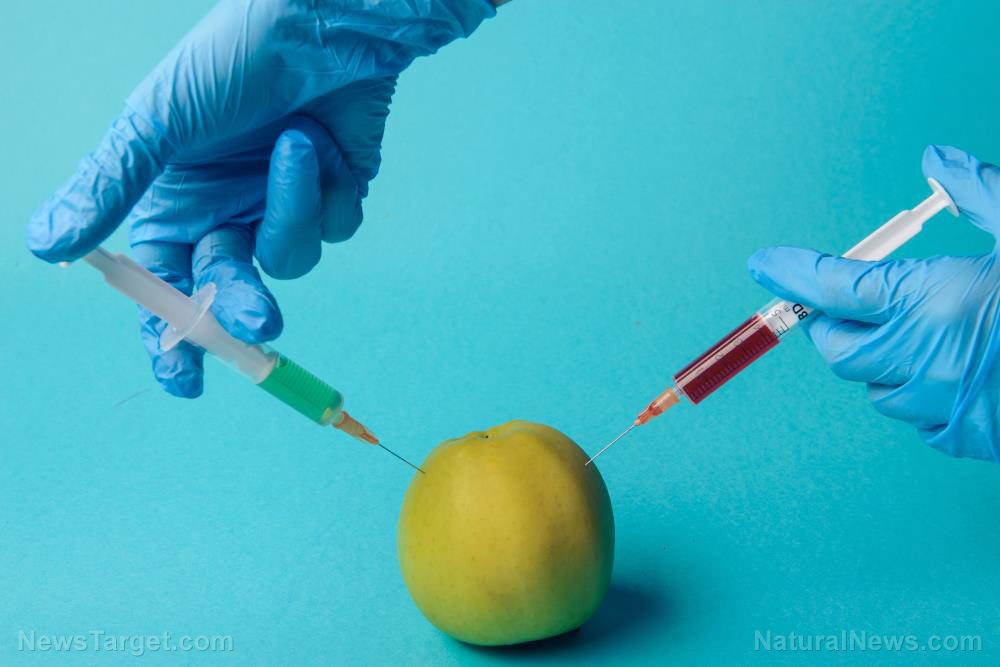
Starting a home garden is one of the first steps that you can take to become self-sufficient. Like other aspects of prepping and survival, home gardening requires dedication and hard work yet it is also incredibly rewarding.
With some planning and the use of certain techniques and principles, your home garden can provide vegetables for the whole family. You won't even need that much land since you can make do with as little as a quarter of an acre. This means even preppers who live in the suburbs can try their hand at home gardening.
Home gardening basics
Before you start sowing seeds, you must figure out how much food you need and can grow. These two things will depend on various factors, like the climate, garden space, the size of your family, and how much food everyone requires. (Related: A simple 5-step guide to starting your own vegetable garden.)
Back in the 1970s, research by John Jeavons and the Ecology Action Organization determined that 4,000 square feet (or 370 square meters) of growing space, with another 4000 square feet for access paths and storage, is enough land area to provide for an individual on a vegetarian diet for one year. This land is enough to cultivate a garden plot that's about 80 feet x 100 feet (24 meters x 30 meters).
After making the necessary adjustments, such as if you have a larger household, start figuring out how many pounds of each vegetable your family eats in a week. The answer will help you determine what kinds of produce you need to grow.
For instance, if your family consumes about five pounds (lbs) (two kilograms [kg]) of potatoes weekly, you'll need 20 lbs (nine kg) monthly or 240 lbs (109 kg) yearly. To meet your family's needs, you must grow around 240 lbs, with a bit of overage in case you lose plants to disease, pests, or other problems.
Don't waste garden space growing something that your whole family doesn't like to eat and fill your garden with vegetables that your family can eat a lot of.
Try to plant early, mid, and late varieties of your crops. This gives you access to a steady flow of produce that's spread throughout the growing season. Doing so can also minimize losses because of pests and diseases since the plants are in different stages of growth at different times.
Grow at least three different varieties of a certain vegetable. If you plant potatoes, choose a first early, second early, and main crop variety. You can also plant seasonal varieties, such as apples, beans, corn, onions, and peas.
Replant after you harvest your first early potatoes, then start planting quick growing crops in June.
Your options include:
You'll have enough time to harvest these vegetables as well.
Use cold frames, greenhouses, or a hoop house to add a couple more weeks at the start and end of the growing season. If you live in an area with cooler climates, this will make it easier to grow tender crops like cucumbers, melons, and tomatoes. These methods can also protect your crops from unseasonal weather (e.g., wet summers) and pests like birds or small mammals.
You will learn as you go, so don't feel bad if not everything works out as you planned it. To become totally self-sufficient, you might have to experience at least several seasons of practice. As you learn more about home gardening, you're also gradually adding fresh produce to your kitchen and saving on your grocery bills.
Aside from the practical benefits of growing your own food, home gardening can also teach your children how to eat better and stay healthy they get older.
It doesn't matter if you own several acres of land or a tiny plot in your backyard. As long as you put in the hard work, you can learn how to become self-sufficient by growing your own vegetables.
Visit HomeGardeningNews.com to browse more articles with tips on how to cultivate your own garden.
Sources include:
Please contact us for more information.























